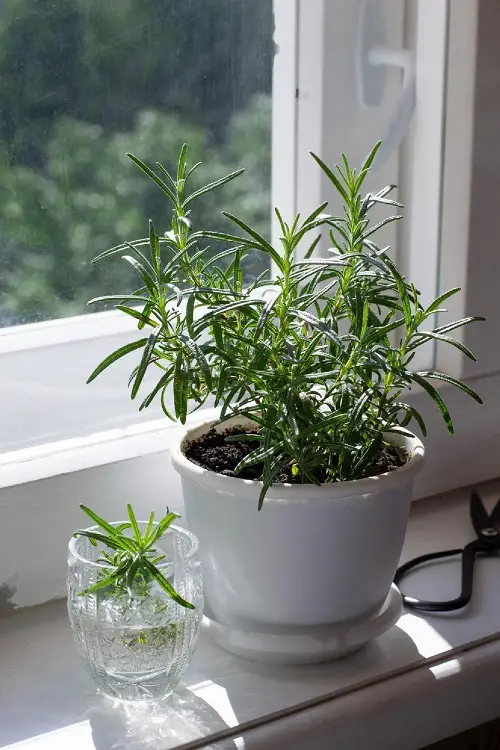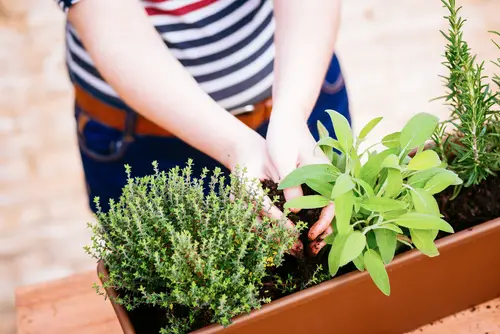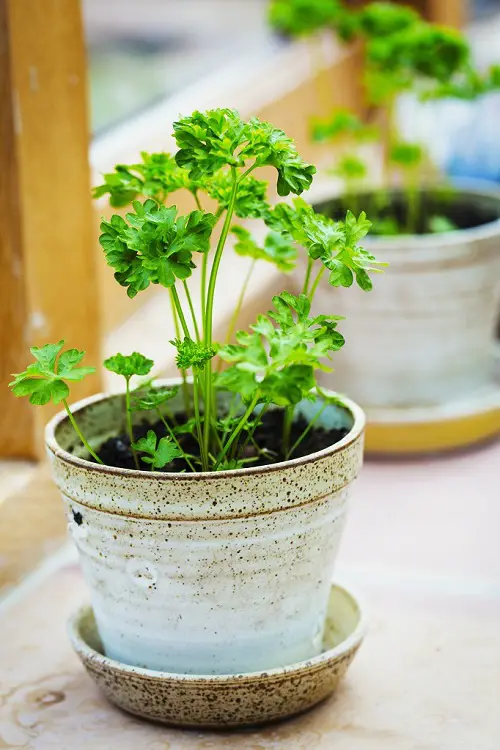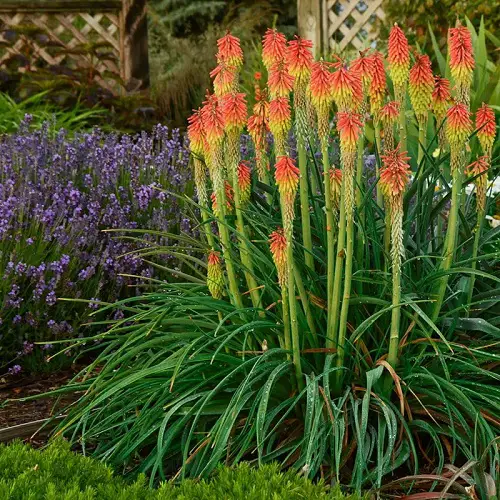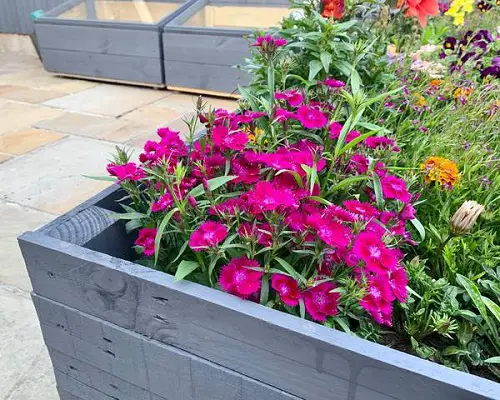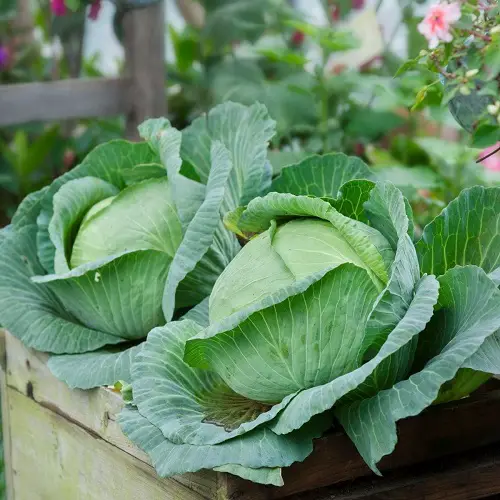Have a look at the best Sage Companion Plants, along with the ones that you must avoid planting with this herb.
Check out the best Sage Companion Plants to ensure the herb grows and flourishes at the top of its health.
Learn everything about Growing Sage In Pots
Sage Companion Plants—Herbs
1. Oregano
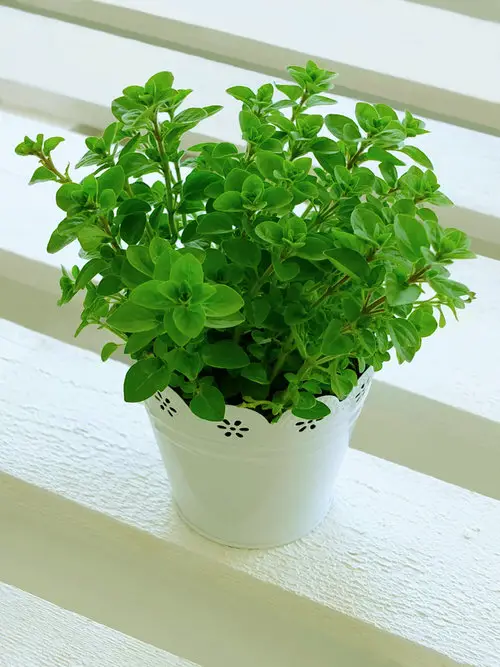
Botanical Name: Origanum vulgare
Oregano and sage both thrive in similar growing conditions and have the same needs. Both of them favor well-draining soil and full sun to partial shade.
2. Rosemary
Botanical Name: Salvia rosmarinus
Both sage and rosemary belong to the same Lamiaceae family; they have the same growing needs. Grow these two drought-tolerant plants together for a pungent herb garden.
3. Thyme
Botanical Name: Thymus vulgaris
Sage likes soil on a drier side; hence it can thrive in the soil of thyme. Both have the quality of repelling insects like carrot flies, beetles, and snails from the garden.
Note: While growing thyme and sage together, grow thyme on the edges of the sage plant because of its creeping habit.
4. Parsley
Botanical Name: Petroselinum crispum
Parsley and sage can be planted together due to the same growing needs. They are also easy to maintain and look after.
Learn how to grow parsley in pots
5. Nasturtium
Botanical Name: Tropaeolum
Nasturtiums are not just loved for pretty blooms, but they are also good at deterring whiteflies which can harm the plants. Plant both of them in pots or gardens.
Sage Companion Plants—Flowers
6. Shrubby Veronica
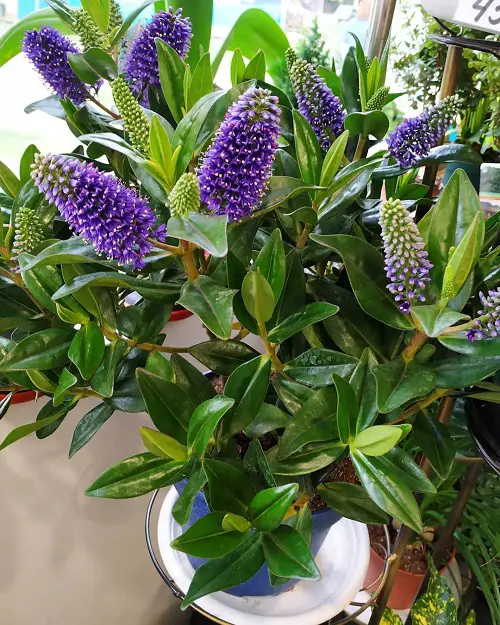
Botanical Name: Hebe rakaiensis
This round, evergreen, dome-shaped shrub displays bright, glossy green leaves and spikes of white blooms from early to mid-summer. It provides good all-year-round color, texture, and contrast to sage as a companion plant.
7. Red Hot Poker
Botanical Name: Kniphofia
This tough plant flourishes in full sun and dry soil; it looks great with sage and loves to be in the sunlight.
8. Sweet William
Botanical Name: Dianthus barbatus
Both of them have the same growing needs; they appreciate full sun but can flourish in partial shade.
9. Phlox
Botanical Name: Phlox
This perennial combination can be relished for many weeks in late spring or early summer for a beautiful summer border idea.
Check out the edible flowers for cakes and garnishing
Sage Companion Plants—Vegetables
10. Brassicas
Botanical Name: Brassicas
You can plant sage near the cabbage family associates like cauliflower, broccoli, kale, Brussels sprouts, and kohlrabi. Sage is a good companion for them as it repels cabbage loopers, cabbage moths, black flea beetles, and cabbage worms.
11. Carrots
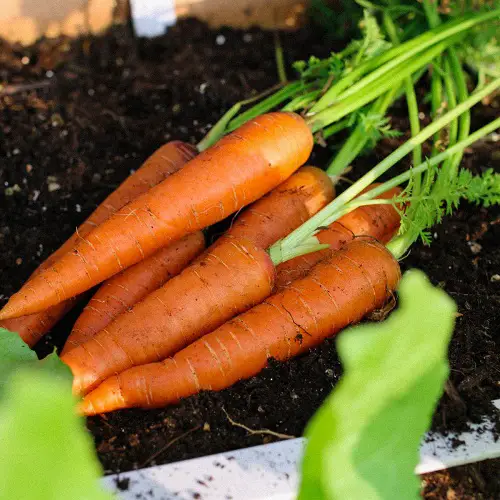
Botanical Name: Dacus carota
Sage and carrots can be planted next to each other as sage deters carrot rust flies, helping the plant to grow and produce a good quality harvest.
12. Beans
Botanical Name: Phaseolus vulgaris
Beans can be a great companion for sage. They are drought-tolerant, improve soil quality by nitrogen fixation, and repel pests.
13. Tomato
Botanical Name: Solanum lycopersicum
Sage deters flea beetles and tempts beneficial insects to tomato plants. Pairing sage with dill or cilantro repels spider mites on your tomato plants.
Sage Companion Plants—Fruits
14. Strawberry
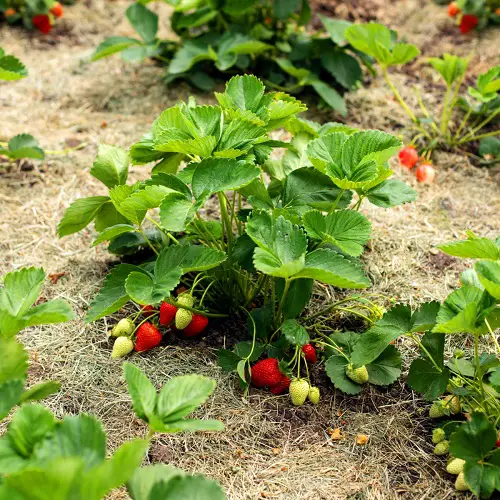
Botanical Name: Fragaria × ananassa
Strawberries and sage grow and taste great together. Slugs love strawberries, and planting sage next to this juicy fruit repels them from your plants.
Check out the best Strawberry companion plants
Plants to Avoid Planting with Sage
1. Basil
Basil does not match well with other herbs, so it will be good to plant both apart.
2. Cucumbers
The growth of cucumbers can be stunted by a sage which can cause low harvest quantity.
3. Onions
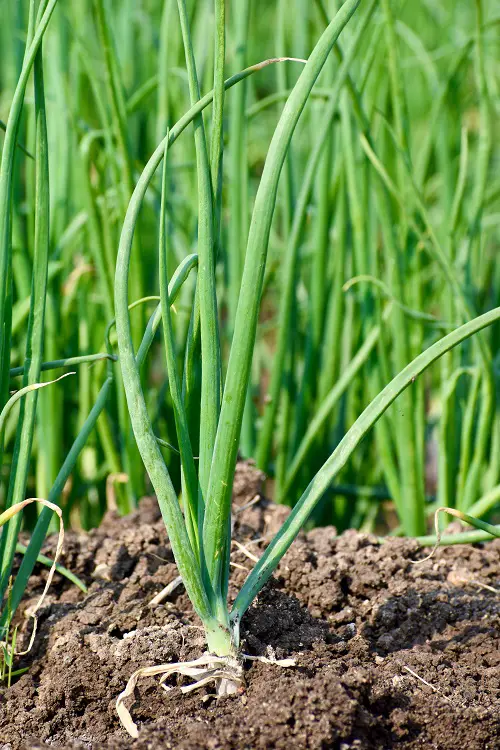
Garlic, chives, shallots, and allium need more moisture in the soil than sage; the extra dampness can create issues with sage plants.
4. Rue
Rue can impede the growth of sage, making it less flavorful and leggy. It will be better to plant them separately.


